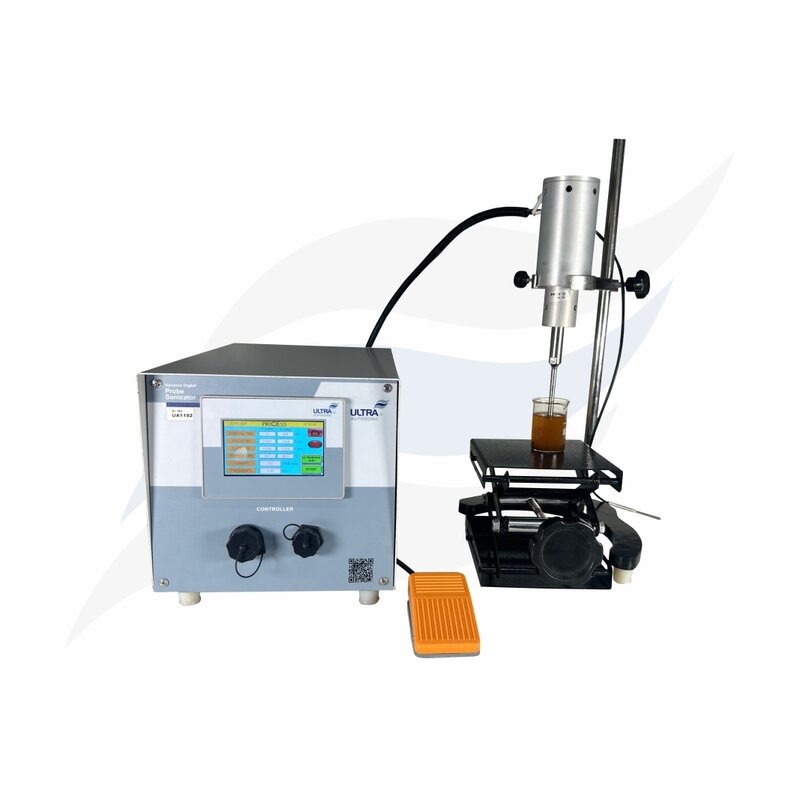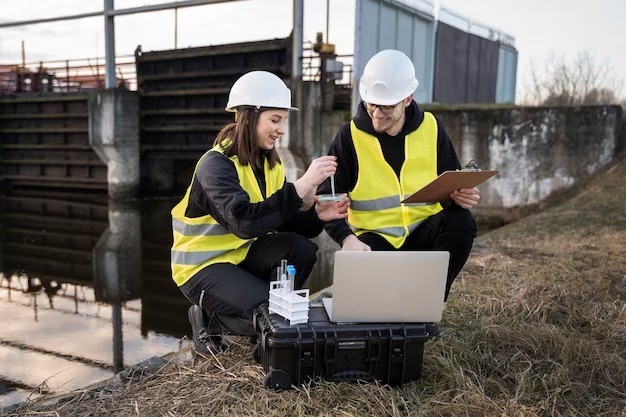Ultrasonic Technology provides valuable tools and techniques for environmental scientists and engineers to address pollution, study ecosystems, and monitor changes in the environment. Its non-invasive and efficient nature makes it an attractive choice for various environmental applications.

Ultrasonication is commonly employed for sample preparation in environmental analysis. It can be used to extract target compounds from solid matrices or enhance the extraction efficiency of analytes from liquid samples. The high-intensity cavitation disrupts cell walls, breaks down organic matter, and facilitates the release of analytes, making them more accessible for subsequent analysis.
Ultrasonication is utilized in wastewater treatment processes to enhance the removal of pollutants. The cavitation and associated physical effects promote the breakdown of organic compounds, emulsification of oil and grease, and disintegration of biological sludge. This can improve the efficiency of various treatment methods, such as biological degradation, coagulation, and filtration.
Ultrasonic liquid sonication can be employed for the degradation of persistent organic pollutants, such as polychlorinated biphenyls (PCBs), polycyclic aromatic hydrocarbons (PAHs), and pesticides. The energy released during cavitation generates highly reactive species, such as hydroxyl radicals, which can react with and degrade these contaminants into less harmful substances.
Ultrasonication is utilized in the synthesis of various nanomaterials with applications in environmental science. It facilitates the formation of nanoparticles by inducing nucleation and accelerating particle growth. Ultrasonication can also aid in the dispersion of nanoparticles, preventing agglomeration and improving their stability in suspension.
Ultrasonication has been explored as a technique for soil remediation to remove pollutants from contaminated soil. The application of ultrasonic waves can enhance desorption and extraction of contaminants from the soil matrix, making them more amenable to subsequent treatment steps. Additionally, ultrasonication can improve the effectiveness of soil washing, where pollutants are extracted using aqueous solutions.
In the field of algal biofuels and biotechnology, ultrasonication is used to disrupt algal cells and release intracellular components. By subjecting algal biomass to high-intensity ultrasonic waves, the cell walls can be ruptured, facilitating the extraction of lipids, proteins, and other valuable compounds. This technique can aid in the production of biofuels, bioactive compounds, and other bioproducts from microalgae.

Nanomaterial Synthesis

Soil Remediation

Wastewater Treatment